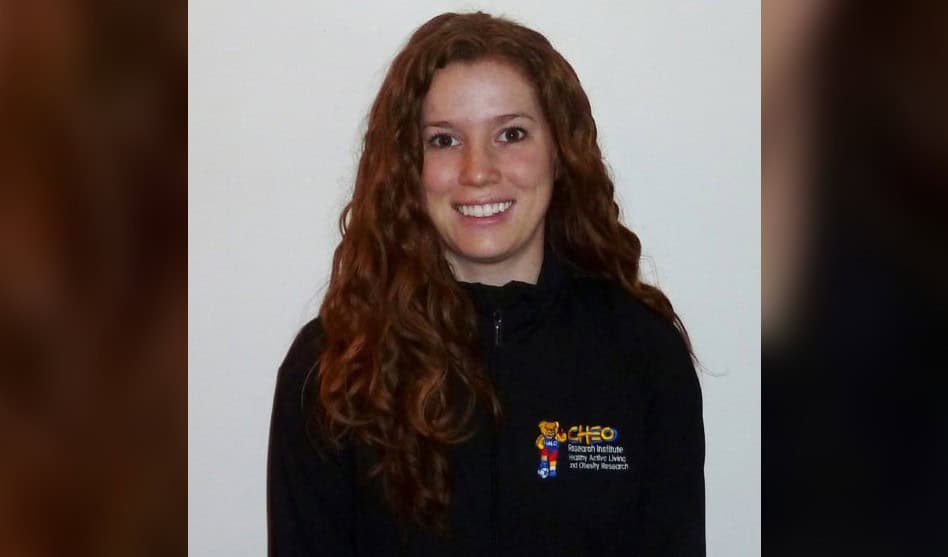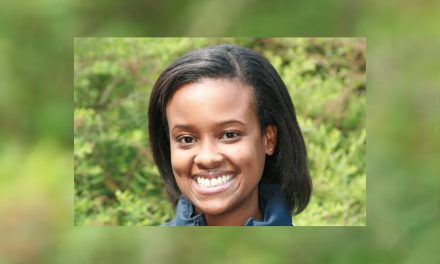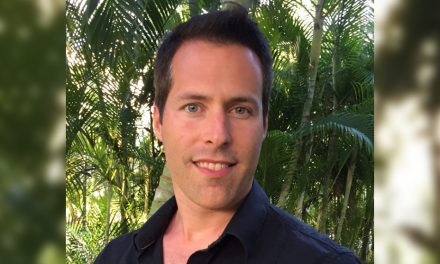The purpose of this manuscript is to provide a review of some key quantitative methods that are relevant to contemporary quantitative research in sport and exercise psychology. To achieve this purpose we provide a critical review of four quantitative methods that we believe are emergent in the sport and exercise psychology literature. The first quantitative method reviewed is sample size determination and power estimation in structural equation modelling. [Satorra, A., & Saris, W. E. (1985). Power of the likelihood ratio test in covariance structure analysis.
Psychometrika,
50, 83–90. doi:
10.1007/BF02294150]. The second quantitative method reviewed is exploratory structural equation modelling [Asparouhov, T., & Muthén, B. (2009). Exploratory structural equation modeling.
Structural Equation Modeling: A Multidisciplinary Journal,
16, 397–438. doi:
10.1080/10705510903008204]. The third quantitative method reviewed is mixture modelling [McLachlan, G., & Peel, D. (2000).
Finite mixture models. New York, NY: John Wiley & Sons]. The final quantitative method reviewed is Bayesian structural equation modelling [Muthén, B., & Asparouhov, T. (2012). Bayesian structural equation modeling: A more flexible representation of substantive theory.
Psychological Methods,
17, 313–335. doi:
10.1037/a0026802]. We begin each review with an overview of the methodology, followed by a summary of one or more related applications in sport and exercise psychology research, and conclude with some ideas for possible future applications in sport and exercise psychology.





